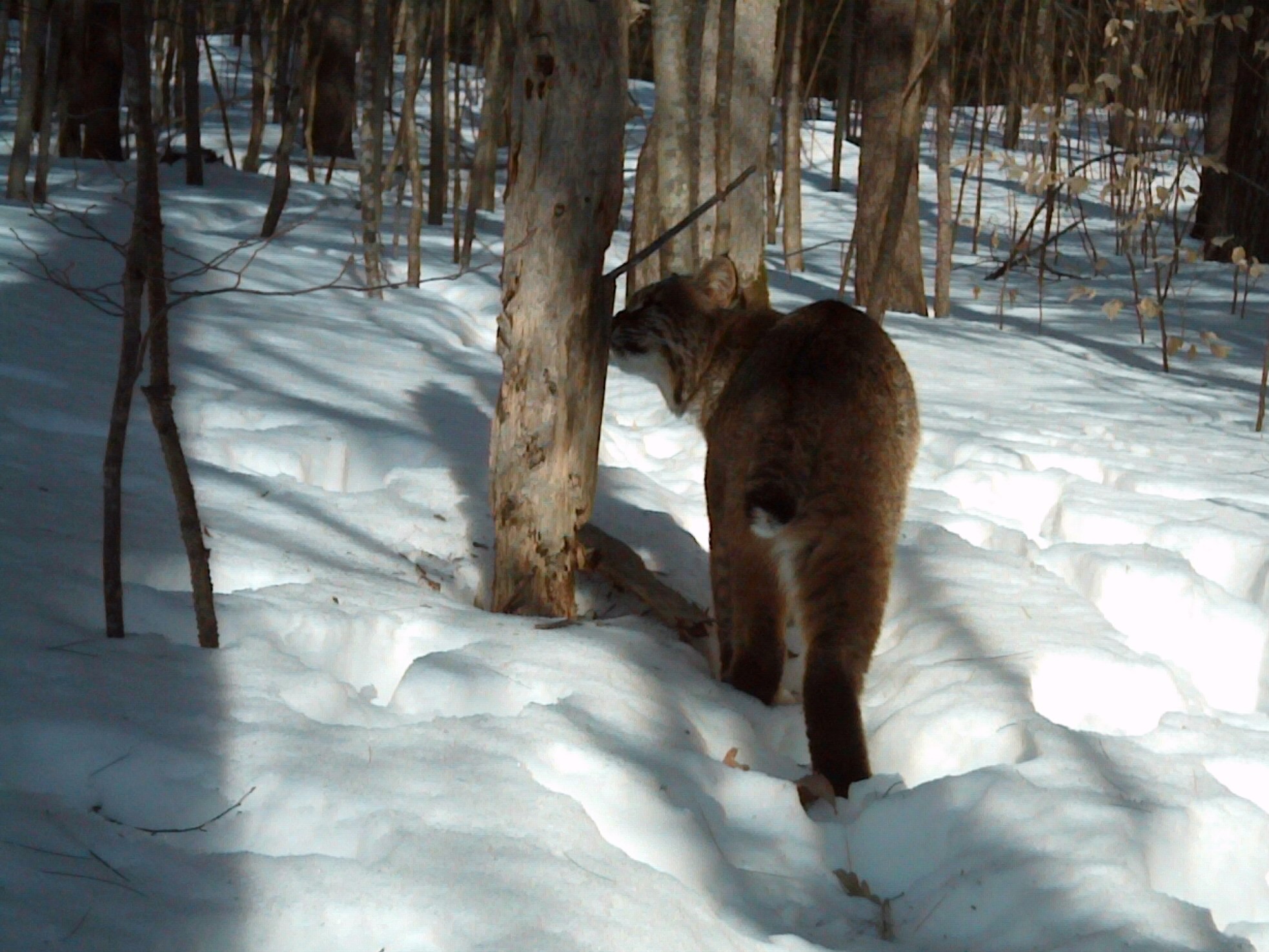Project Overview

This project investigated the public's acceptability of development in the Northern Forest ecosystem of Vermont, USA. We also examined how wildlife information, recreation involvement, and demographic characteristics affect development acceptability. We used a visual preference survey sent to 9,000 Vermonters to collect data on development acceptability, wildlife views, recreation involvement, and demographic characteristics. The survey response rate was 44%. Maximum acceptable condition (MAC) for development was 41 houses/km2 and not meaningfully influenced by broader consequences of development on seven common wildlife species. MAC was influenced by views on individual species, including bear and coyote, but not by other species such as deer, fox, and bobcat. Respondents with a positive attitude toward bear favored less development, whereas the opposite relationship existed for coyote. Similarly, MAC was negatively influenced by involvement in birding and hunting, but not by other common recreational activities. Among demographic factors, respondents that were younger and not born in Vermont were more accepting of development. Population density also positively influenced development acceptability. Results provide measures of the public’s acceptability of development that can help guide decision-making about development, wildlife, and recreation management.
Objectives
We examined three questions: 1) What is the public’s acceptability of alternative levels of development? 2) Is acceptability of development influenced by wildlife presence information? and 3) Is the maximum amount of acceptable development influenced by views about wildlife, involvement in recreation, and demographic characteristics?
Dataset Availability
Downloadable: 1 dataset
See the full list of available dataTags
Status - Active
Start date: 2013-06-01
Anticipated end date: 2015-06-01
Study Area

